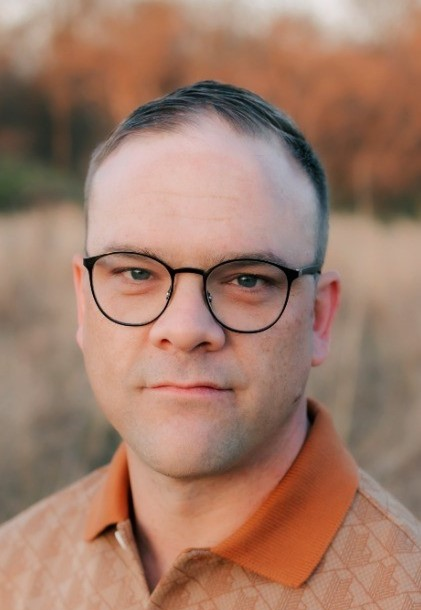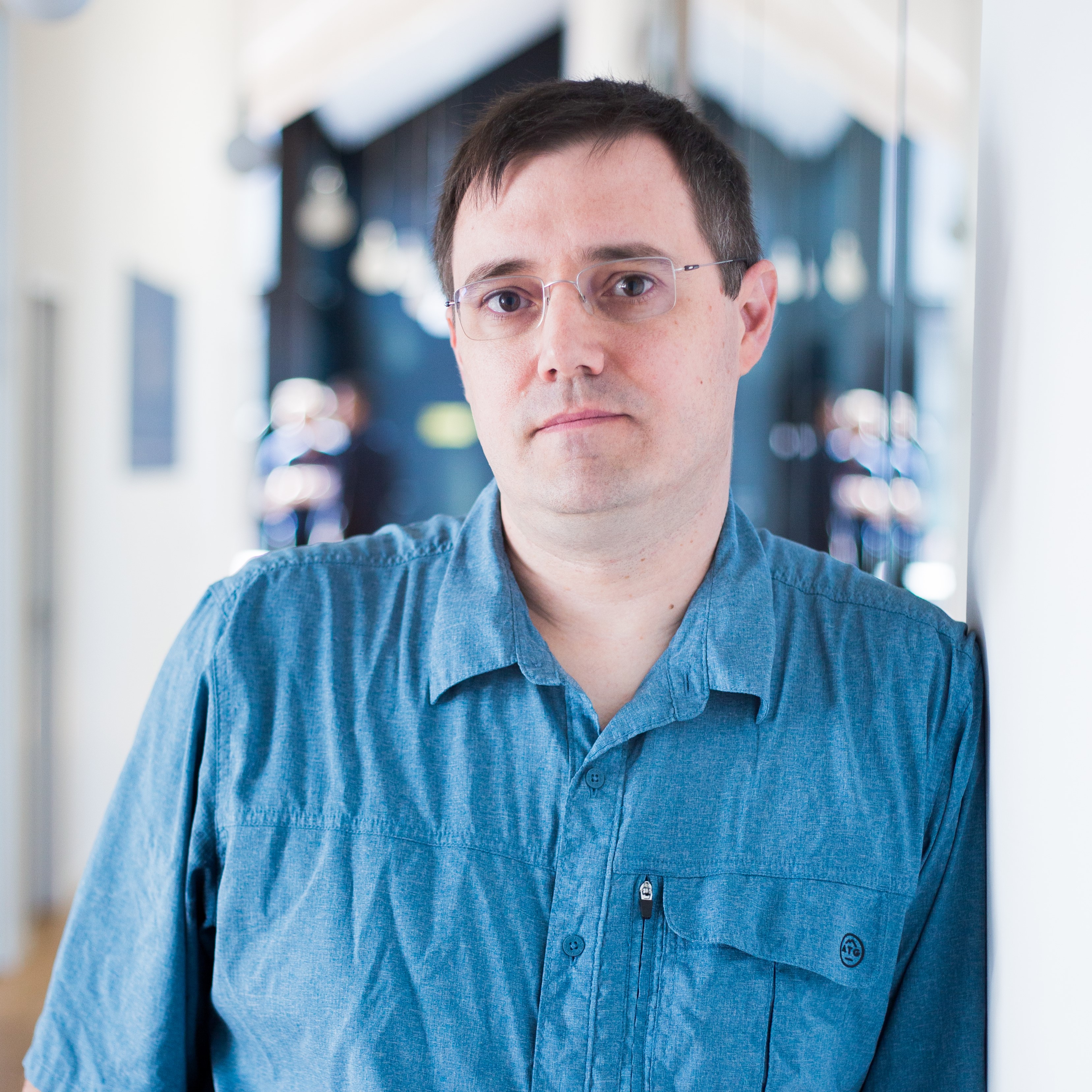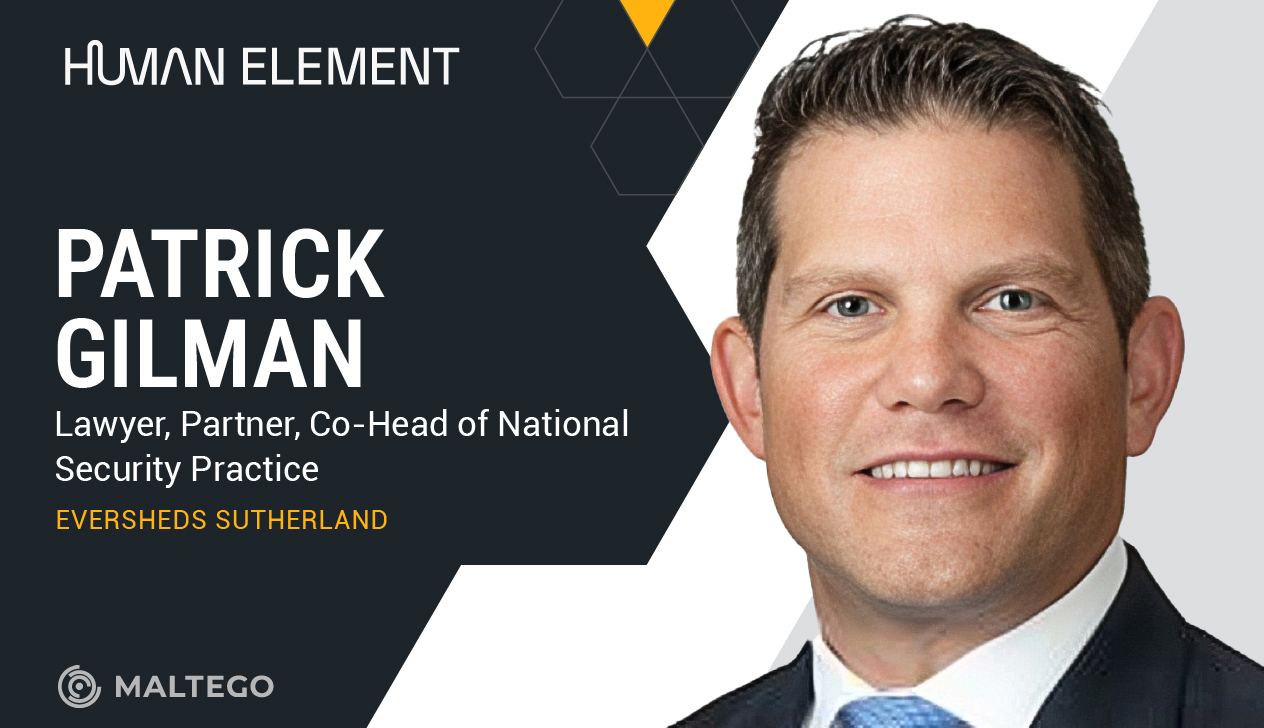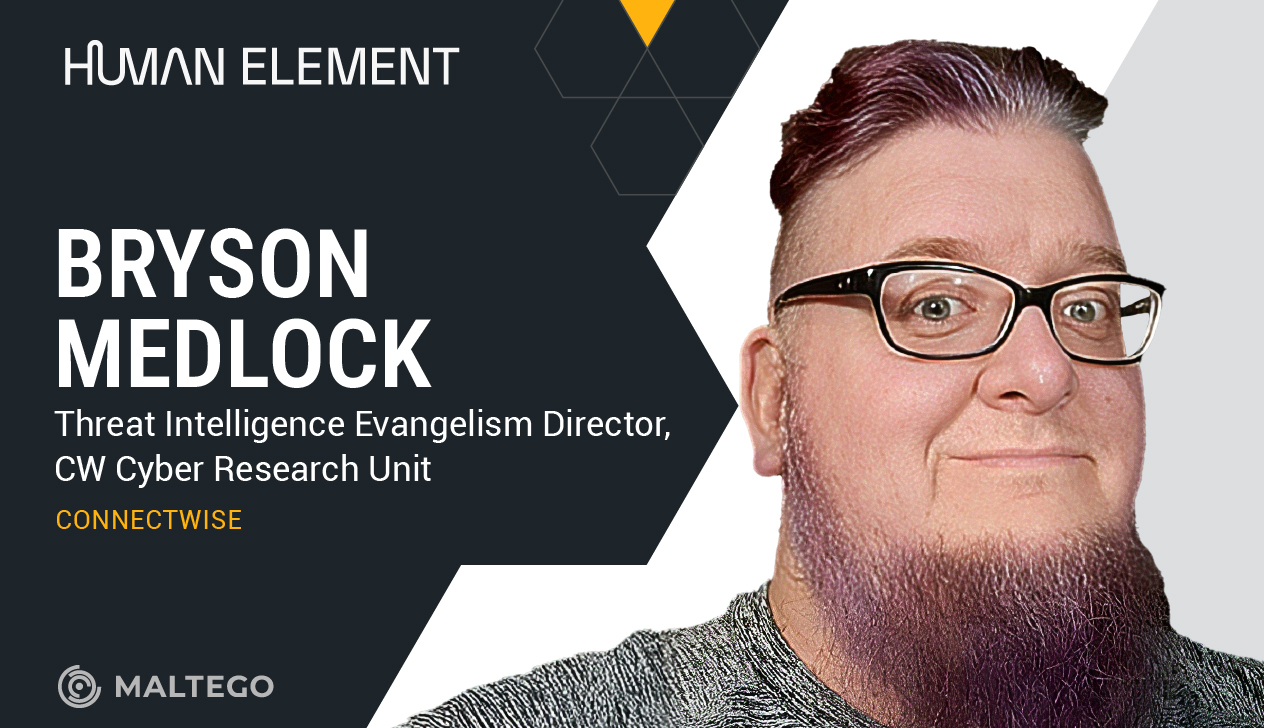09 September 2025
EPISODE #10Unit 42 Palo Alto Networks’ Kyle Wilhoit on Making Time for Curiosity as a Technical Leader
The Story This time
Kyle Wilhoit, Technical Director of Threat Research at Unit 42 Palo Alto Networks, has an approach to leading threat intelligence teams that centers on two core practices that maintain both technical excellence and organizational trust. His “scheduling curiosity” framework dedicates one hour daily to pure research exploration, allowing him to ask “what if” questions that drive breakthrough thinking while staying grounded in hands-on technical work. Then, Kyle builds trust that operates up and out to other organizational teams through cross-collaboration, and down into his own team structure while he handles strategic business context.
Kyle also tells Ben why decision debt — the baggage from previous organizational choices — represents the biggest challenge for new security leaders. His hiring philosophy centers on identifying candidates with 60% of required technical skills plus the right mindset, using experiential questioning to screen for curiosity rather than relying on technical trivia. Kyle shares his structured mentoring approach that pairs early-career researchers with principal-level technical guides while he handles strategic business context, creating a systematic pathway for talent development and retention.
Stories We’re Telling Today
- The “scheduling curiosity” approach to maintaining technical edge as a leader through daily research time separate from managing
- The strategic challenge of decision debt and how previous organizational choices create baggage that new leaders must navigate
- Systematic mentoring framework that pairs junior researchers with principal-level technical mentors while leaders handle business context
- Why hiring for 60% technical skills plus the right mindset outperforms traditional approaches that prioritize complete technical qualifications
- The balance between strategic threat landscape communication for executives and hands-on technical artifact analysis in senior intelligence roles
- Cross-team collaboration strategies that break down natural intelligence silos through technical contribution and bridge-building
- The threat that generative AI poses to foundational skill development and why junior professionals risk losing critical capabilities
- The importance of consistent one-on-one schedules that eliminate employee anxiety about access to leadership
Too busy; didn’t listen:
- “Scheduling curiosity” for pure research exploration, maintaining technical edge while managing people
- Hiring focused on candidates with 60% of technical requirements plus the right learning mindset
- Decision debt from previous organizational choices represents the biggest challenge for new security leaders
- Structured mentoring that pairs junior researchers with principal-level technical guides while leaders handle the strategic business context
Skip to the Highlight of the Episode
42:42 - 43:06 “Use it to do the functions that you already know how to do. As an example, if you already know how to pull strings and look for any unique strings in a binary, have an LLM do that for you automatically. You already know how to do it. It’s nothing that’s complex.”
Speaker

Technical Director of Threat Research, Unit 42
Palo Alto Networks
Kyle brings over 15 years of threat research experience, starting at Trend Micro and evolving through people leadership roles at Palo Alto Networks. He’s also a part-time college professor and co-author of Operationalizing Threat Intelligence, teaching the next generation of security professionals while leading cutting-edge research into nation-state adversaries and zero-day exploits.

Host

CTO
Maltego
Listen to more podcast episodes
Want to share your story next? Join Human
Element as our next guest!


